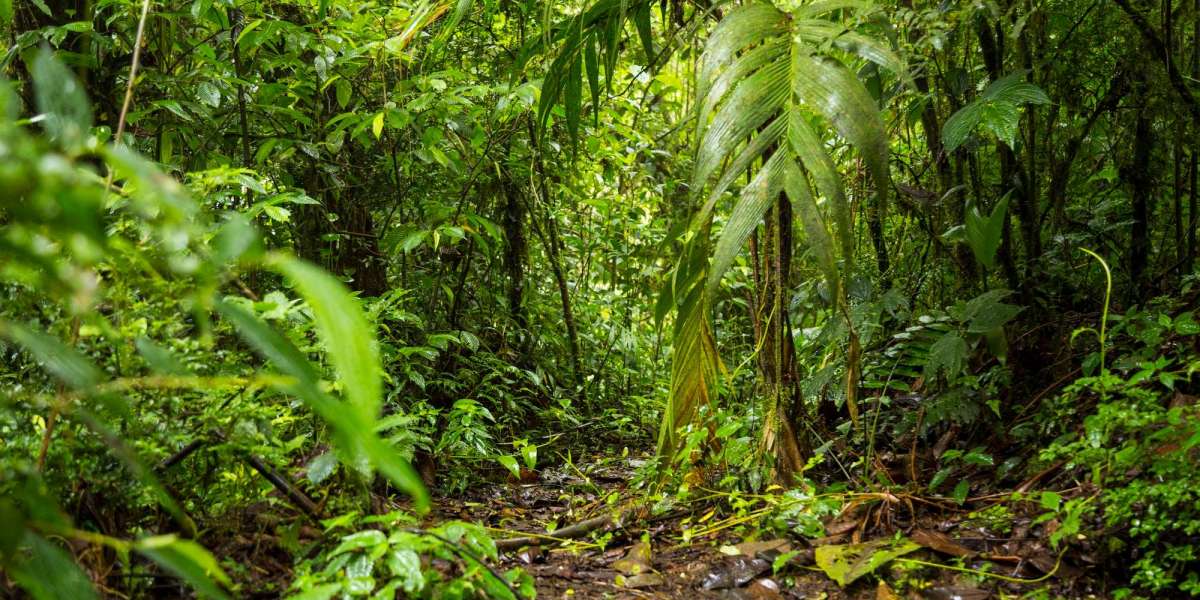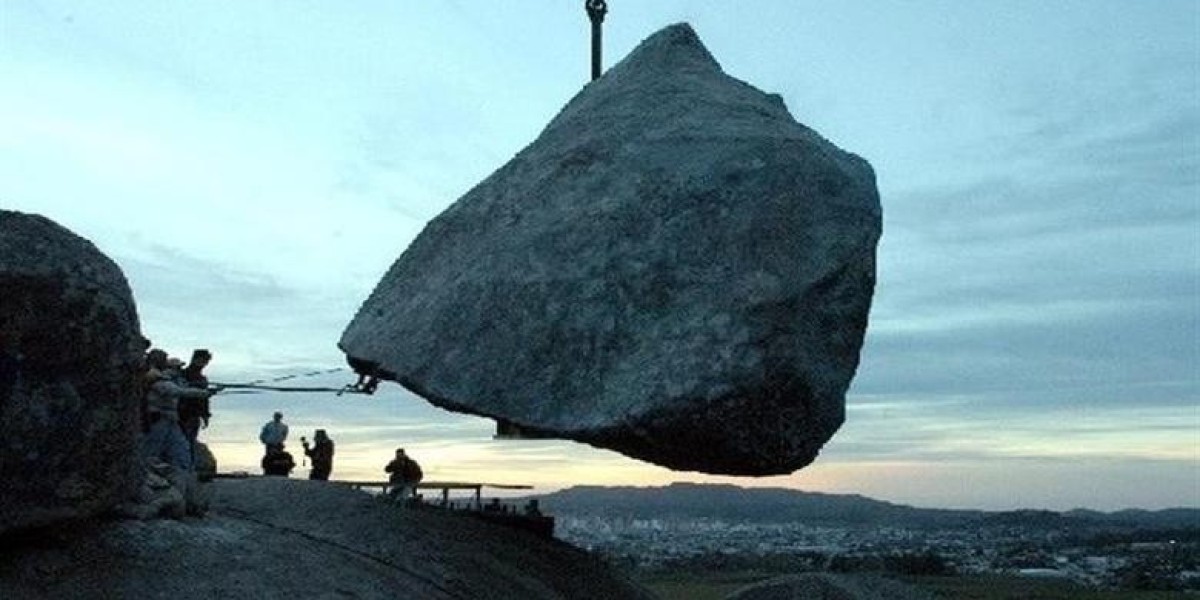article image source: freepik.com (link)
Amazon Protection: The Spiritual and Courageous Fight to Defend the Rainforest
How do you protect one of the most biodiverse and threatened places on Earth? In the Colombian Amazon, the answer has grown from within: unarmed Indigenous Guards who combine ancestral spirituality with courageous, peaceful territorial defence.
advertisement
A Movement Born from Ceremony and Urgency
In 2013, leaders from scattered communities across the Caquetá River region came together after years of facing loggers, poachers, illegal mining operations, and armed groups fighting over coca crops. They gathered for nine nights of rituals, guided by visions and the wisdom of their elders. From this spiritual retreat emerged a collective decision: they would form their own unarmed protection force—today known as the Indigenous Guard for the Amazon.
These guards patrol vast riverways and rainforest trails carrying only wooden staffs, colourful banners, and the authority granted by their communities. They are inspired by a belief deeply rooted in the region: protection is spiritual.
Spiritual Protection in Practice
For many guards, the work begins long before a patrol. Elders hold ceremonies, dances, and songs, and prepare sacred yagé brews to align the community with the forest. These rituals are not symbolic—they are understood as essential to ensuring safety and guiding decisions.
On the eve of each patrol, guards gather with elders for a night of spiritual preparation, seeking clarity and harmony before walking into territories threatened daily by illegal activities.
Patrolling the Rainforest
Guards move in groups—never alone—using canoes or traveling on foot across dense forest. When they encounter illegal logging, poaching, or mercury-contaminated gold mining, their first response is always dialogue. When necessary, they escalate issues through community leadership, local institutions, or allied organizations.
Depending on the region, guards also engage in tasks such as safeguarding endangered species or monitoring uncontacted tribes. Recently, leaders raised alarms about mercury contamination from illegal mining, fearing that isolated communities may unknowingly be consuming toxic fish. Their efforts include confronting miners and coordinating protective actions with neighbouring governments and NGOs.
Facing Deadly Violence
Their work is perilous. Armed groups—including factions that broke away from the 2016 peace agreement—continue to compete for control of coca crops and other lucrative illegal trades. Indigenous communities have become some of the most targeted populations in Colombia.
Despite the risks, the guards maintain their commitment to peaceful resistance. Many join out of personal history, like young guard Wilmer Becerra, whose family fled guerrilla violence. For him, standing with the guards is a way to ensure no child in his community endures what he did.
Strengthening Communities from the Inside
Beyond patrolling, the guards play a crucial role in strengthening social cohesion. Their presence helps prevent the recruitment of Indigenous youth by armed groups—a growing threat intensified by social media outreach.
They also act as educators and communicators, sharing information across territories and reinforcing the principle that everyone has a role in protecting the land.
This model of active neutrality—remaining outside the armed conflict while upholding community governance—has shaped the movement since the 1970s. Over decades, it evolved into a system in which every member of the community may serve, walking the land and deepening their connection to it.
Guardians of One of the Planet’s Last Great Carbon Sinks
Scientific studies consistently show that Indigenous territories experience significantly less deforestation than surrounding lands. Their work is now globally recognized as essential to buffering climate change by preserving the Amazon’s massive carbon-absorbing capacity.
Local guards collaborate with peers across regions and borders—sharing skills in first aid, river rescue, fire prevention, and environmental monitoring. They forge conservation pacts along river systems to keep waters clean, protect wildlife, and preserve cultural cohesion.
For leaders like Luis Jansasoy, a coordinator in Putumayo and a wasikama—a guardian of the home—the mission is both ecological and spiritual. His staff wrapped in rainbow ribbons reminds him of the double rainbow that appeared during the creation of the Amazon Guard. To him, the message was clear: unity is strength, and the forest itself guides their path.
Conclusion: A Living Shield of Hope
The Indigenous Guards of the Amazon are far more than patrols—they are a living shield woven from culture, courage, and spiritual commitment. Their work shows the world that protecting the rainforest is not only a matter of law enforcement or international agreements; it is a matter of identity, community, and profound respect for life.
Amid violence, environmental destruction, and political uncertainty, these unarmed guardians continue to walk their territories with the conviction that defending the forest is a sacred duty. Their resilience offers a powerful message: when people stand together with purpose and harmony, even the most threatened places on Earth can be protected.
The Amazon’s survival—and the planet’s future—may depend on voices like theirs, echoing through the rivers and trees: we protect what we are part of.
Sources
BBC Future – “In the Amazon, protection is spiritual: Defying coca lords and loggers in the Amazon”
(https://www.bbc.com/future/article/20251114-defying-coca-lords-and-loggers-in-the-amazon)
Thank you !








